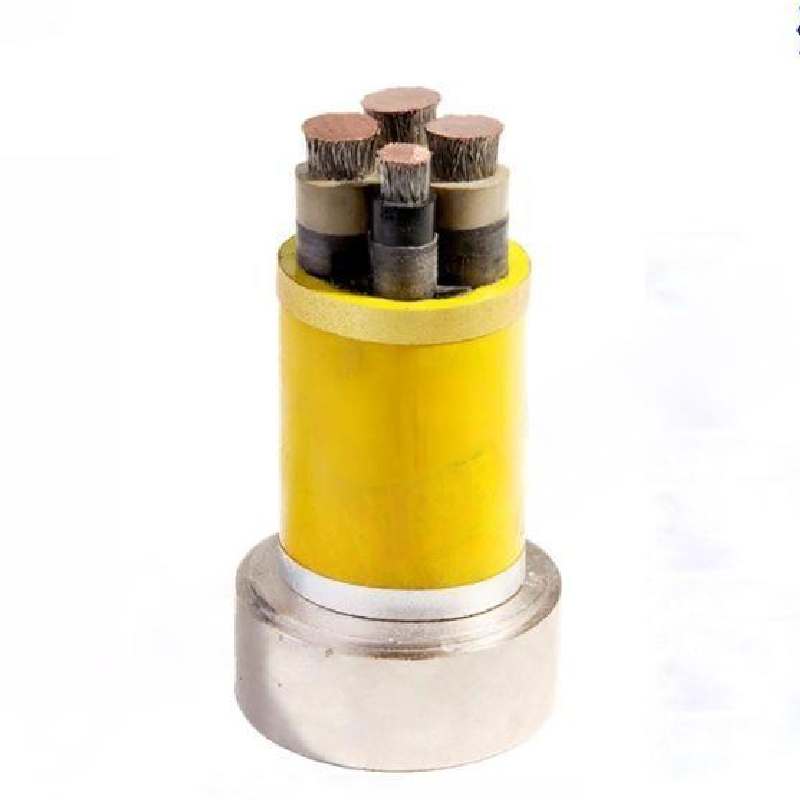ആഗ . 29, 2024 11:40 Back to list
Resilient Gate Valve | Durable & Efficient Solution for Fluid Control
The Resilient Gate Valve A Modern Solution for Fluid Control
In the realm of fluid control, the resilient gate valve stands out as an essential component for various industrial applications. Combining durability, efficiency, and cost-effectiveness, this type of valve has become increasingly popular in water supply systems, wastewater treatment facilities, and other critical infrastructure projects.
The design of the resilient gate valve features a solid body, typically made of ductile iron or cast iron, which is known for its strength and ability to withstand high pressure. One of the key elements of this valve is its gate, which is often coated with a resilient material, such as rubber or EPDM (ethylene propylene diene monomer). This unique design not only ensures a tight seal when the valve is closed but also minimizes the risk of corrosion, making it suitable for a variety of environments, including those with aggressive fluids.
One of the primary advantages of the resilient gate valve is its ability to handle large volumes of fluid with minimal pressure drop
. As the gate is lifted into the valve's body, the flow path opens entirely, allowing for unrestricted flow. This feature makes it an ideal choice for systems where efficiency is crucial, such as in municipal water supply networks where maintaining pressure and flow rate is essential.resilient gate valve

Installation and maintenance are critical factors when considering a valve for any application. The resilient gate valve is designed to be user-friendly, allowing for straightforward installation procedures. With fewer components compared to other valve types, maintenance is often less complicated, reducing downtime and operational costs. Regular inspections are still recommended to ensure optimal performance, but the durability of these valves typically means they require less frequent servicing.
Additionally, the resilient gate valve is versatile and can be used in various pipeline orientations—whether vertically or horizontally—making it adaptable to different system designs. Its capacity to work effectively in both on-off and throttling applications is another reason it has garnered widespread attention among engineers and operators.
As industries increasingly focus on sustainability, the resilient gate valve contributes to these goals. Its robust design and efficiency help reduce the likelihood of leaks, thereby conserving valuable resources and preventing environmental contamination. Moreover, when properly maintained, these valves can have a significantly extended service life, minimizing waste and replacement frequency.
In conclusion, resilient gate valves represent a modern solution for fluid control, providing unparalleled reliability, efficiency, and ease of maintenance. Their strong construction, ability to manage high flow rates, and versatility ensure they will remain a cornerstone of fluid management systems across various sectors. As the demand for efficient water and fluid management grows, the resilient gate valve is poised to play a pivotal role in shaping the infrastructure of the future.
Share
-
Reliable Wafer Type Butterfly Valves for Every IndustryNewsJul.25,2025
-
Reliable Flow Control Begins with the Right Ball Check ValveNewsJul.25,2025
-
Precision Flow Control Starts with Quality ValvesNewsJul.25,2025
-
Industrial Flow Control ReliabilityNewsJul.25,2025
-
Engineered for Efficiency Gate Valves That Power Industrial PerformanceNewsJul.25,2025
-
Empowering Infrastructure Through Quality ManufacturingNewsJul.25,2025